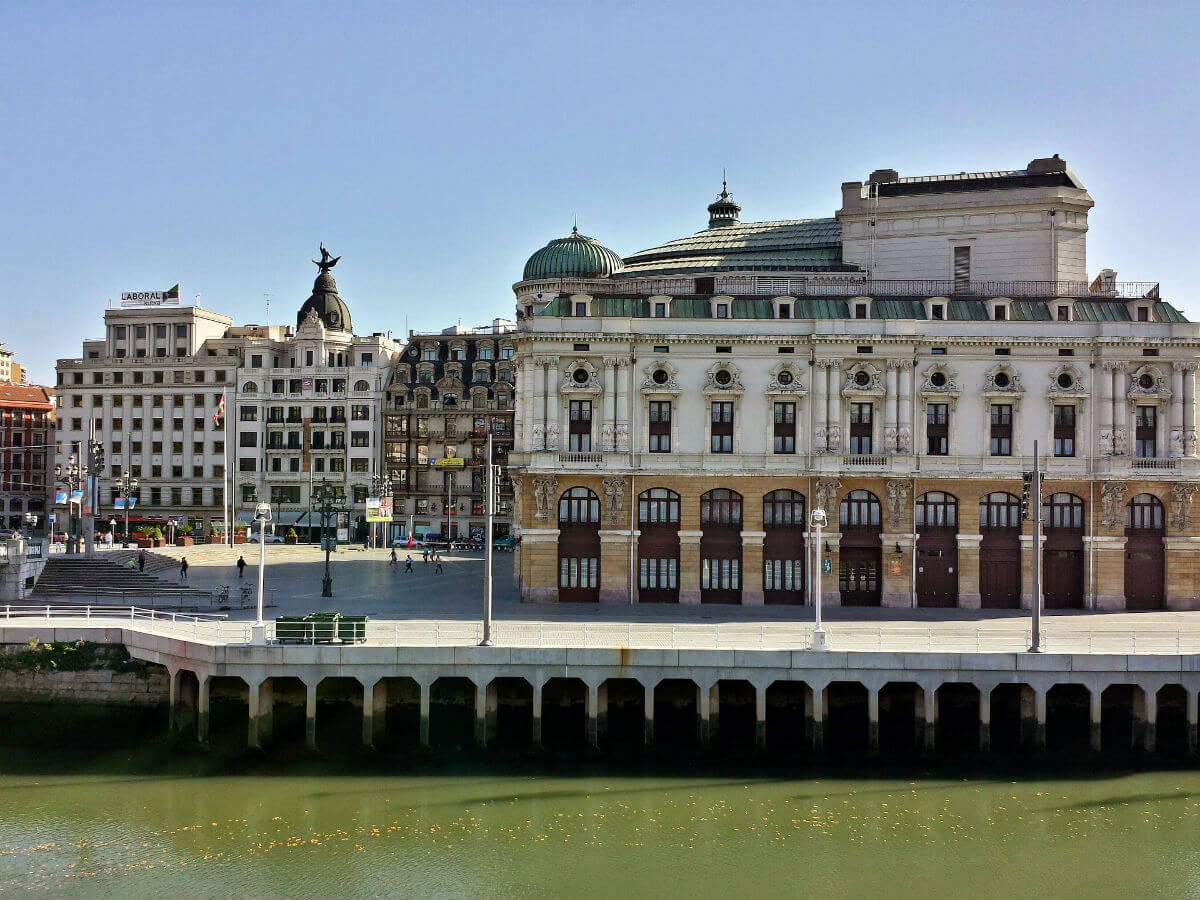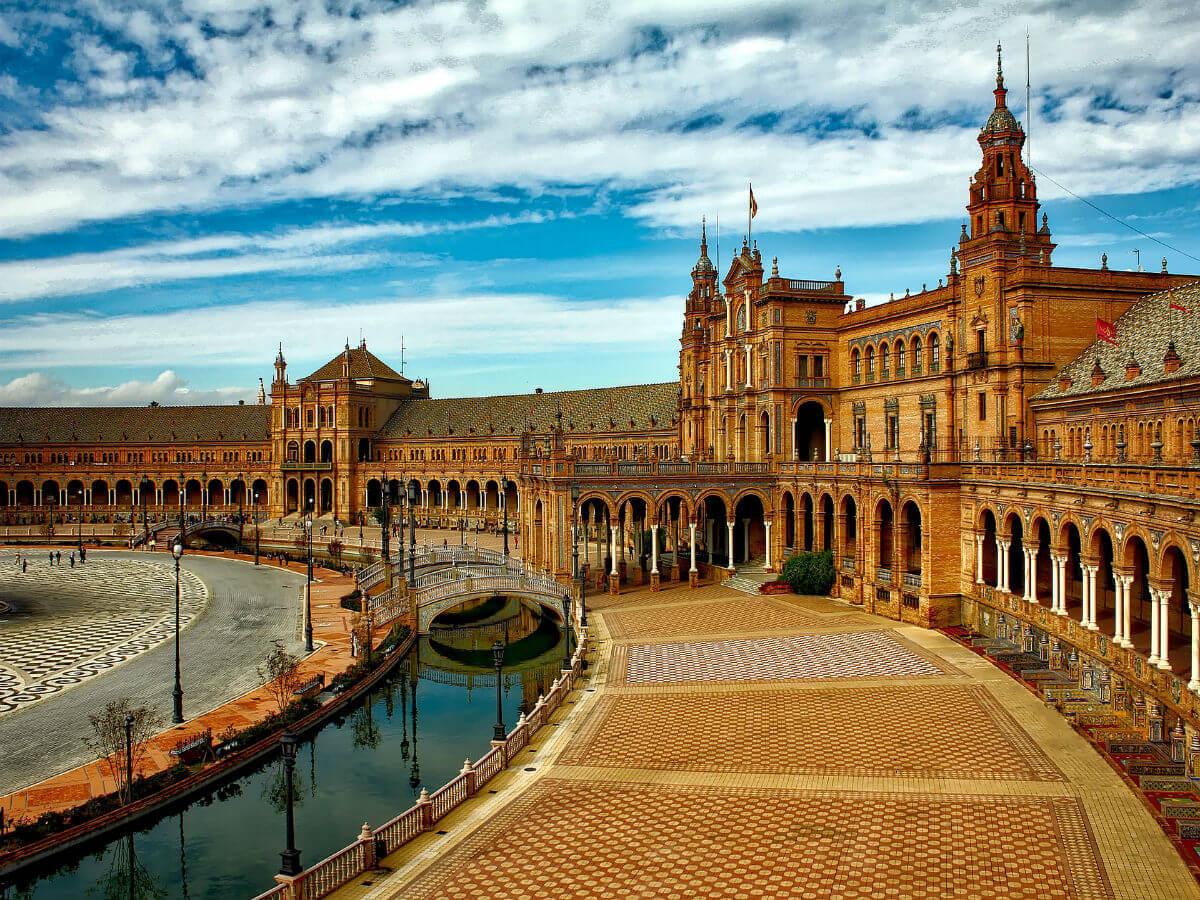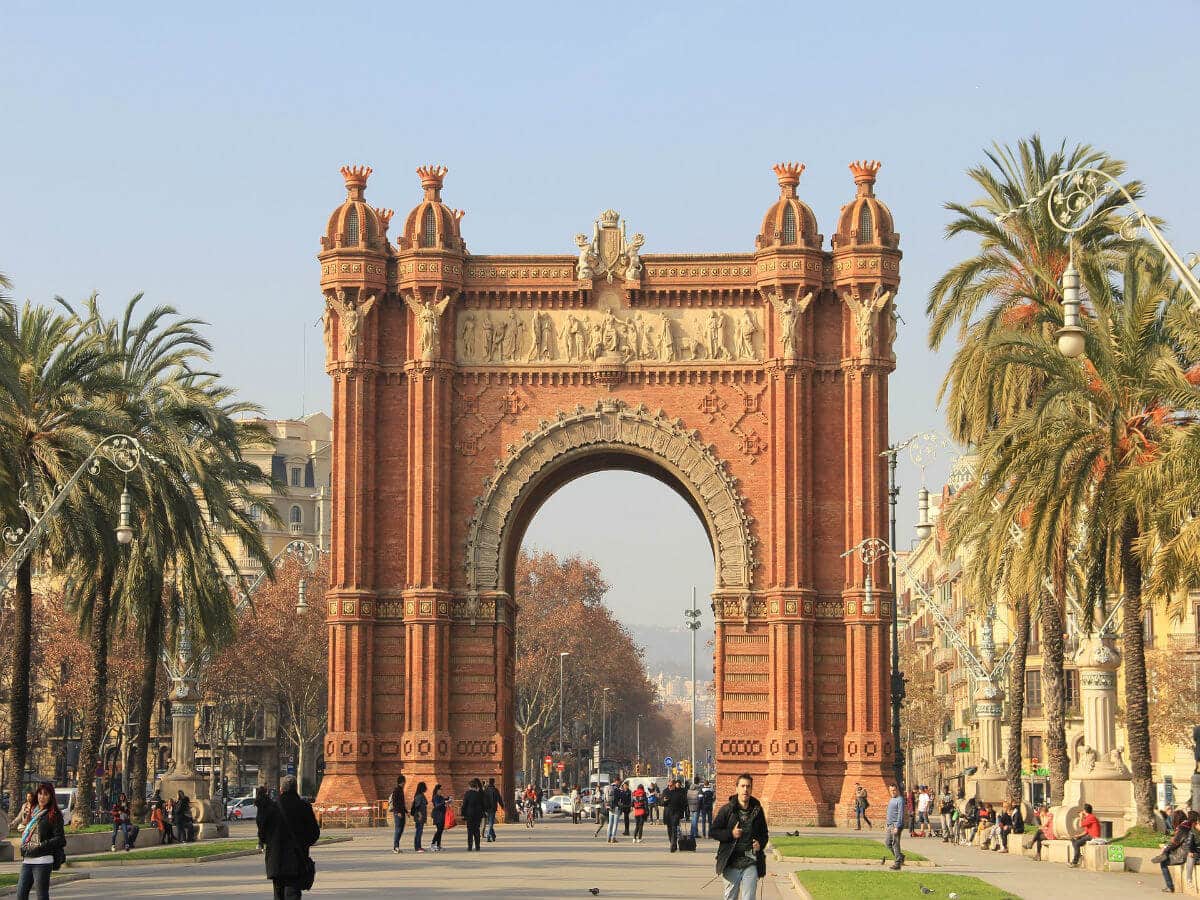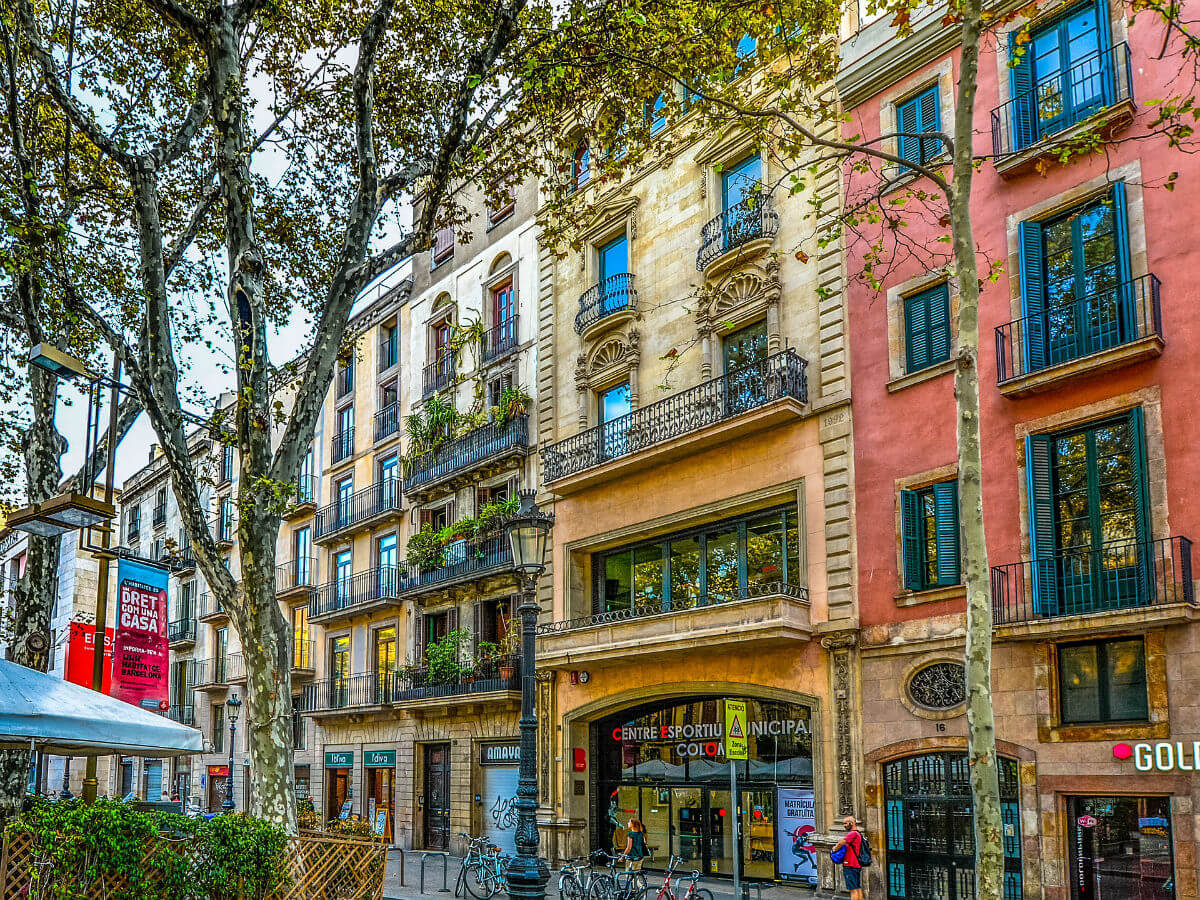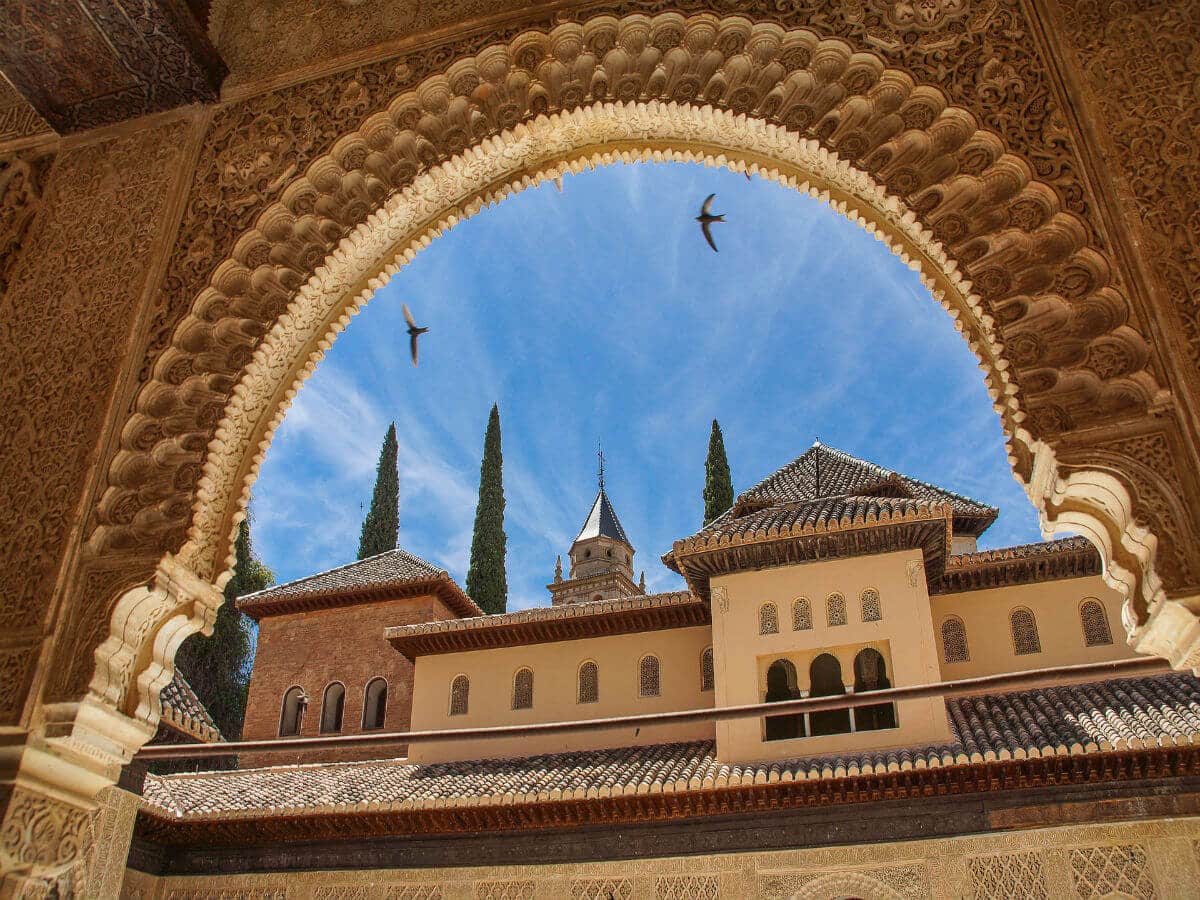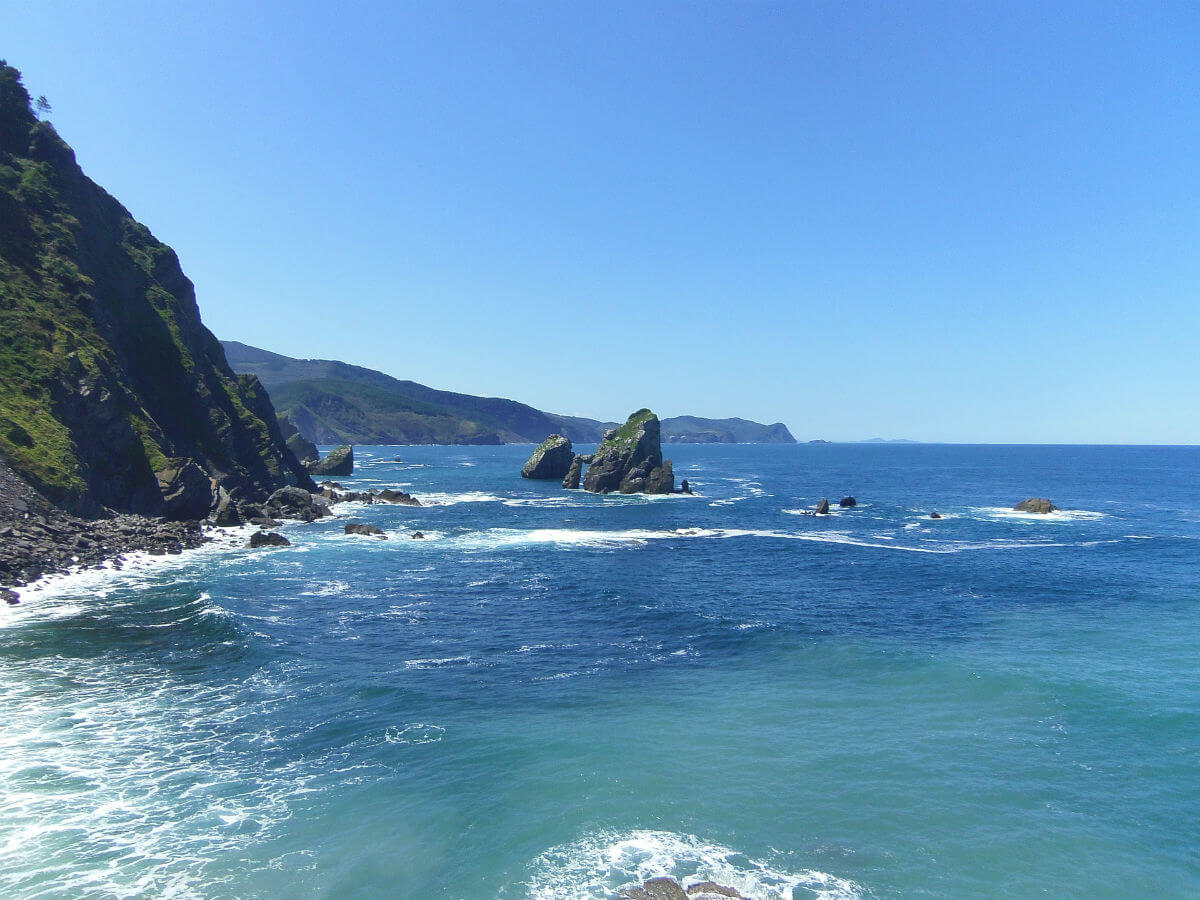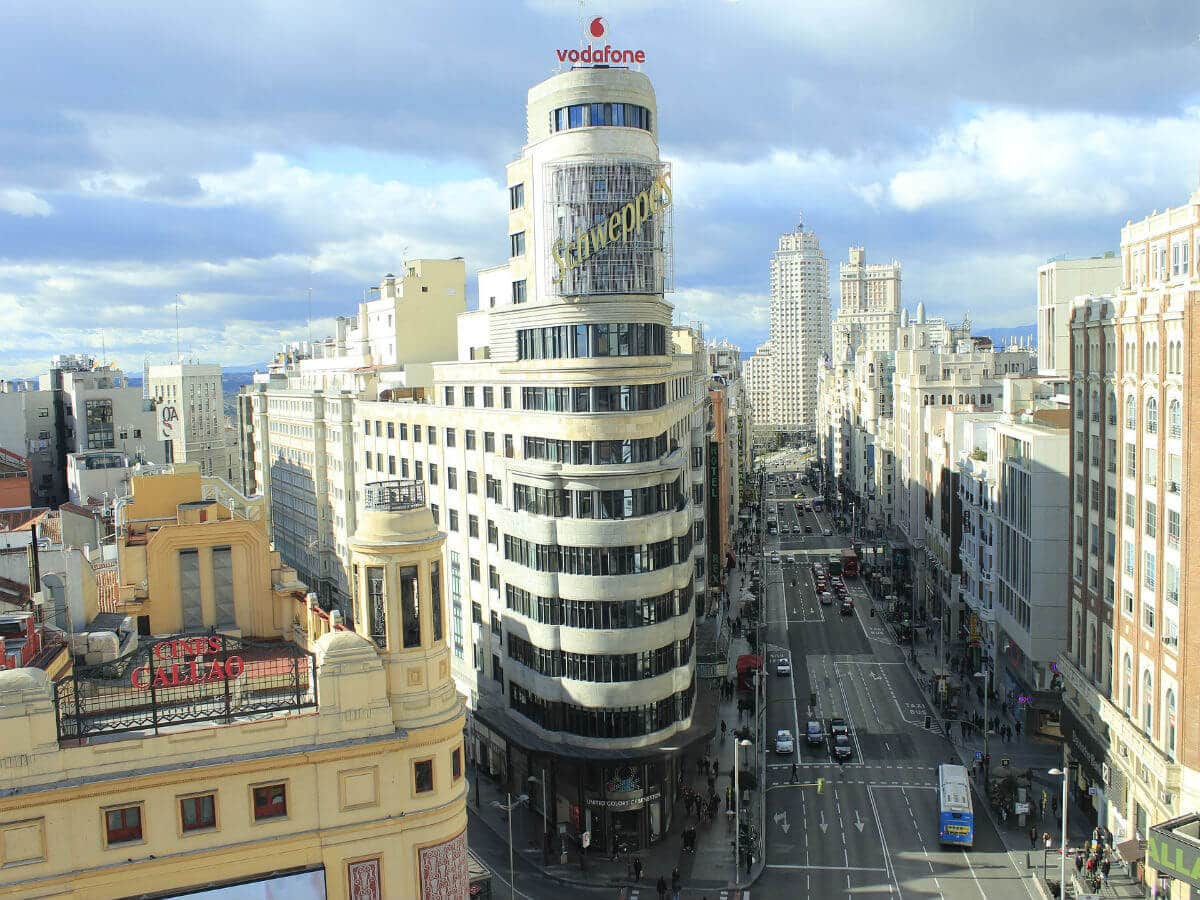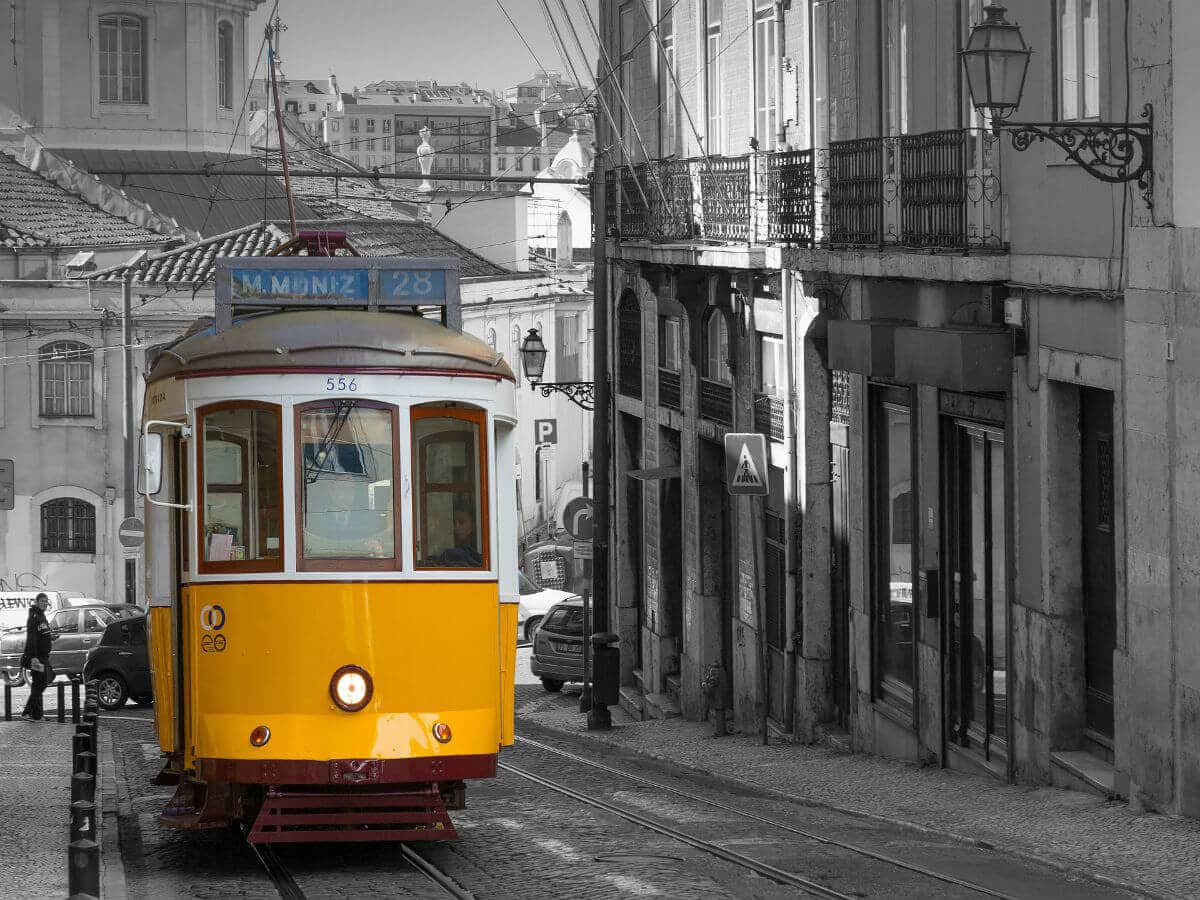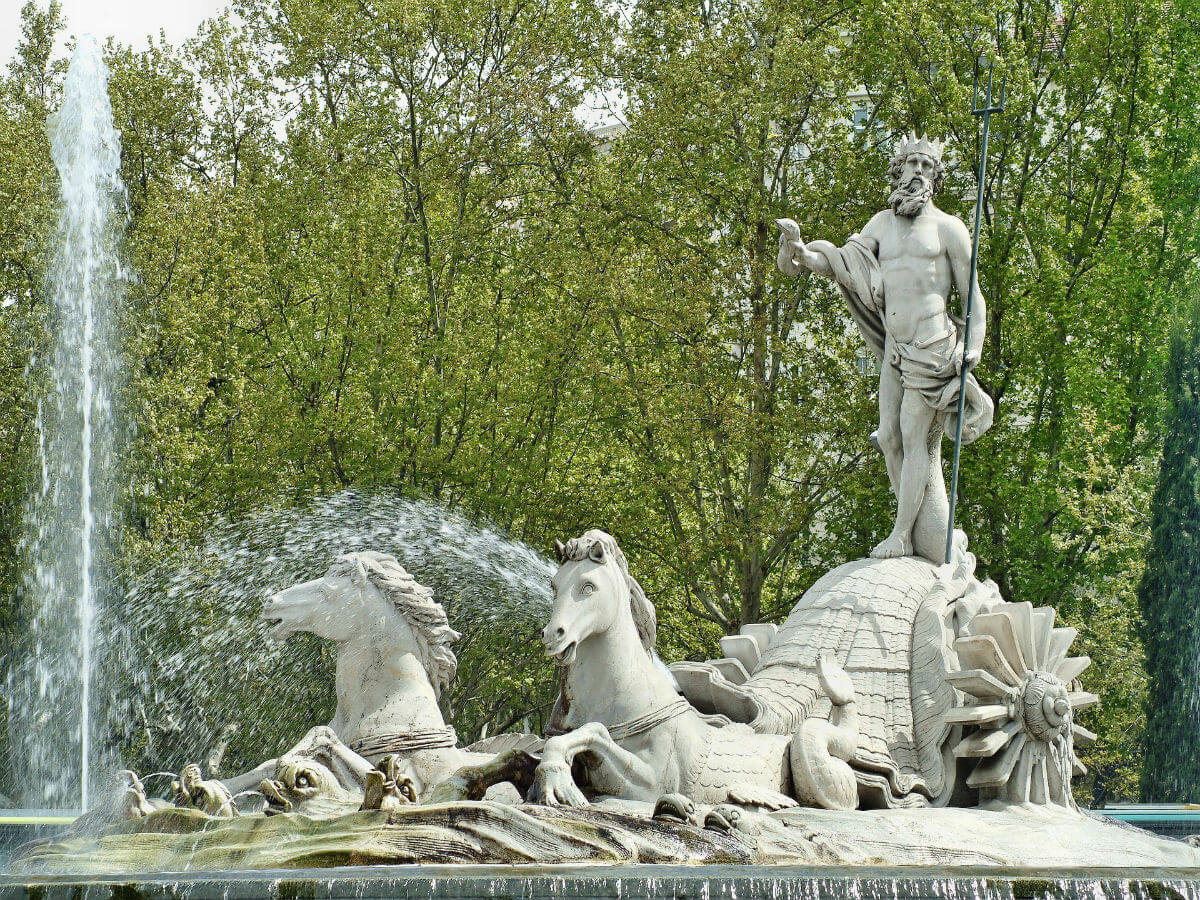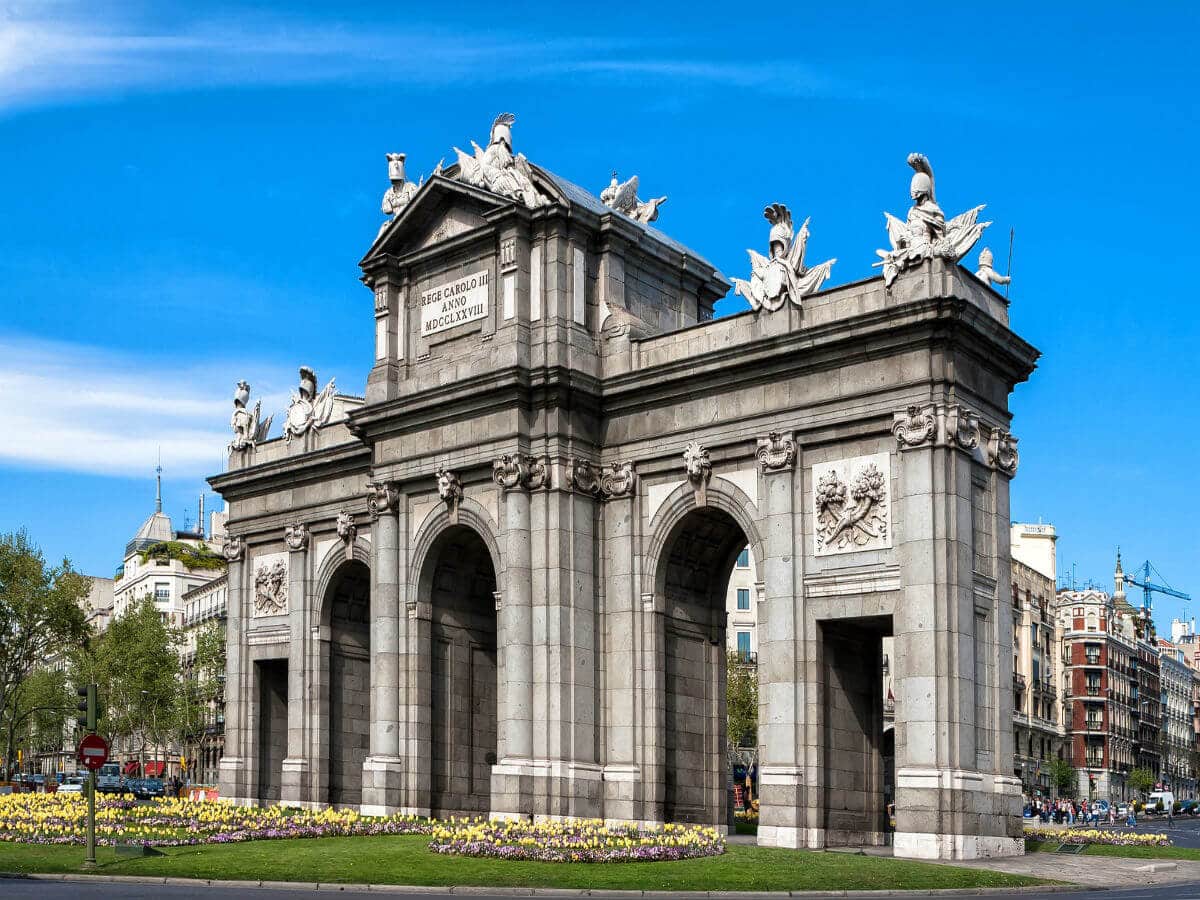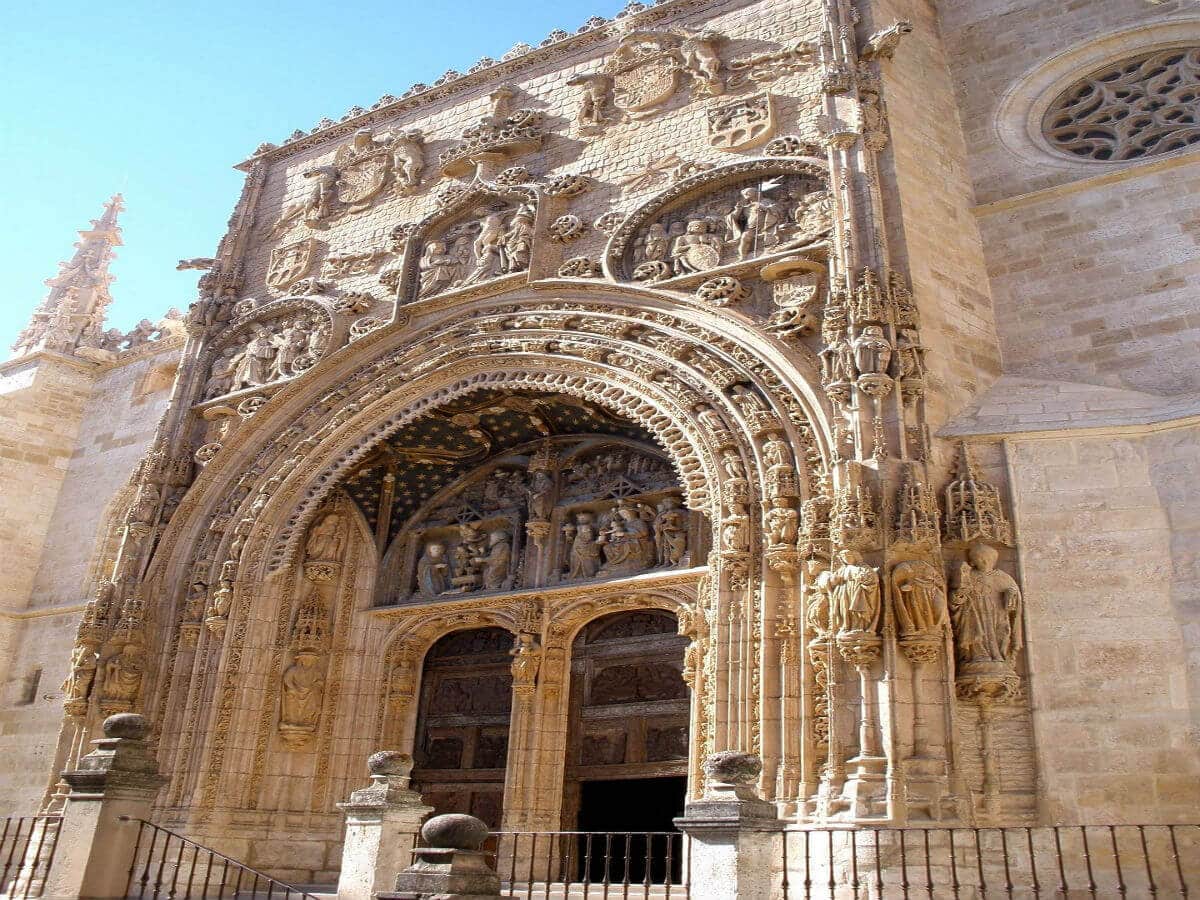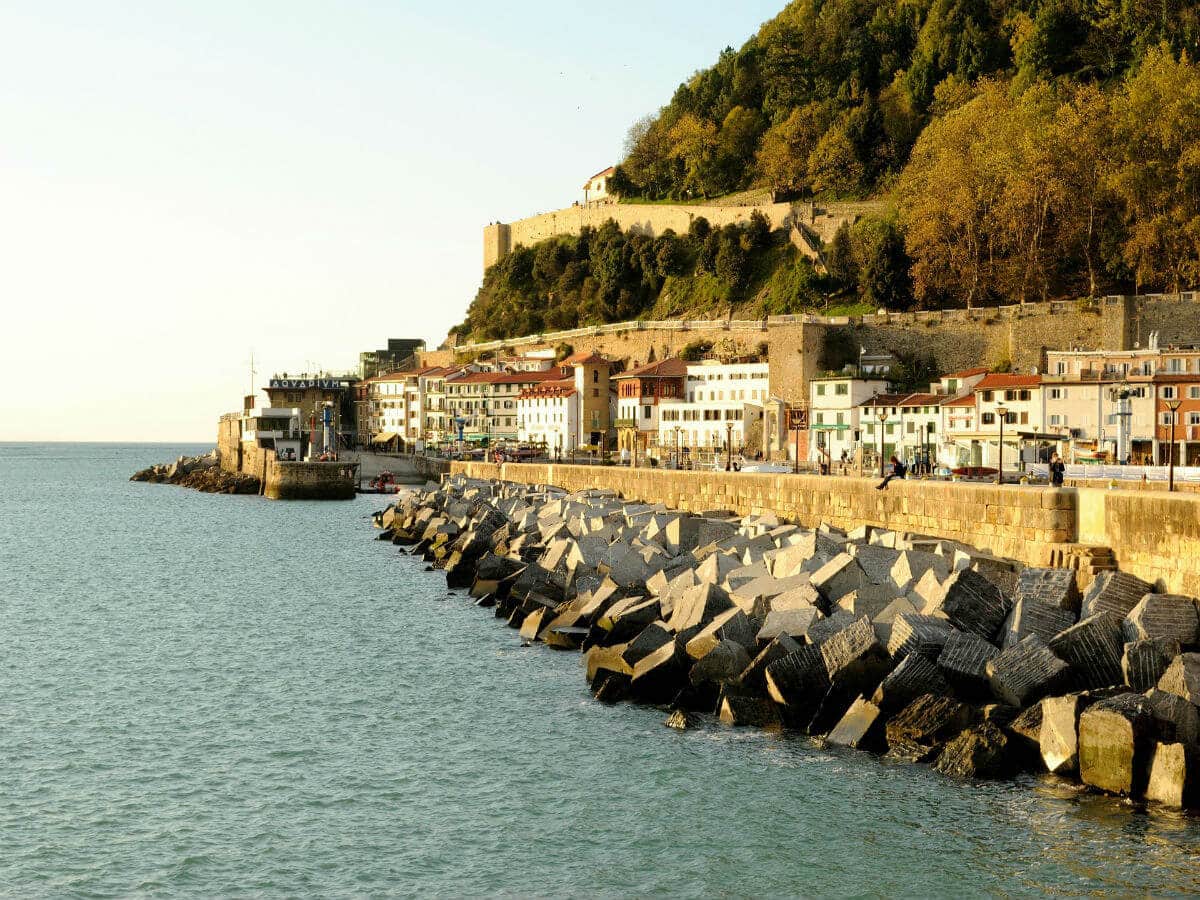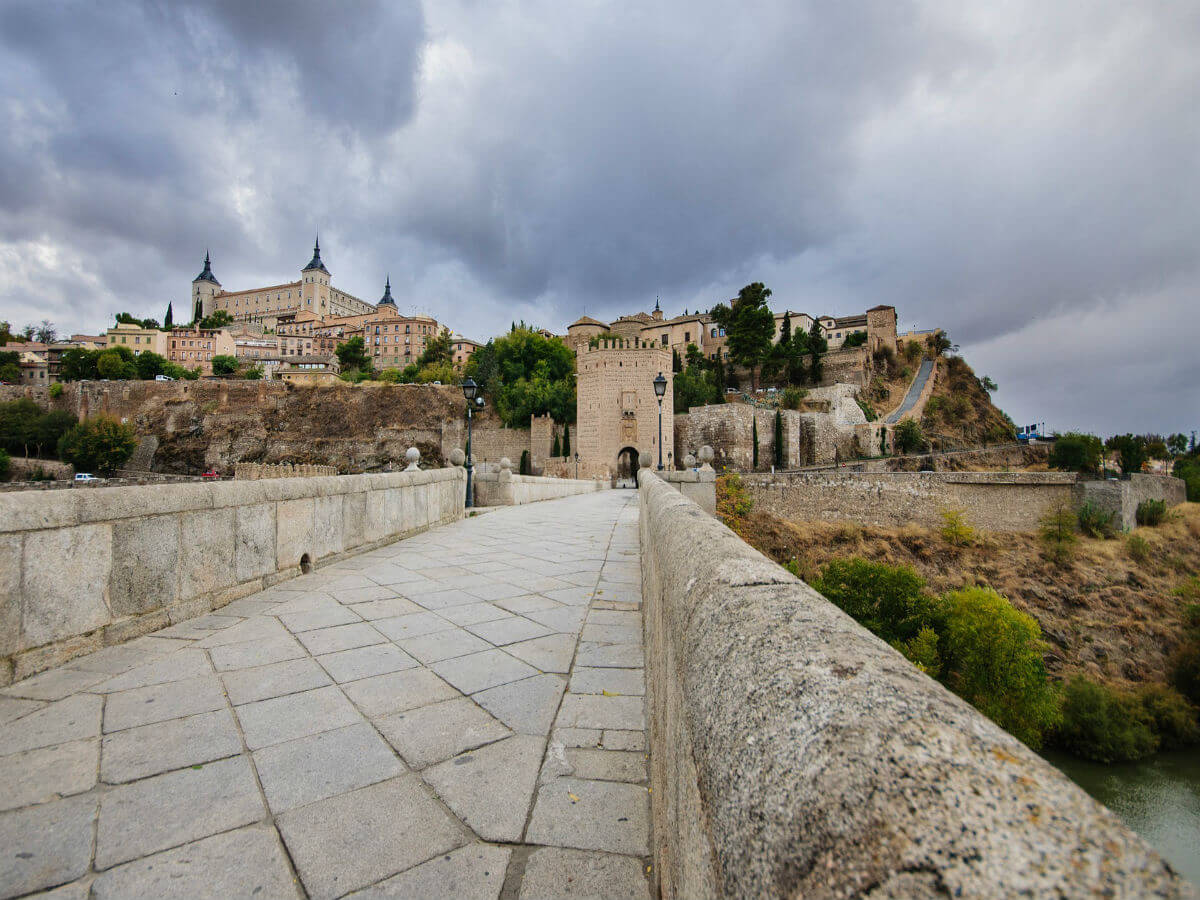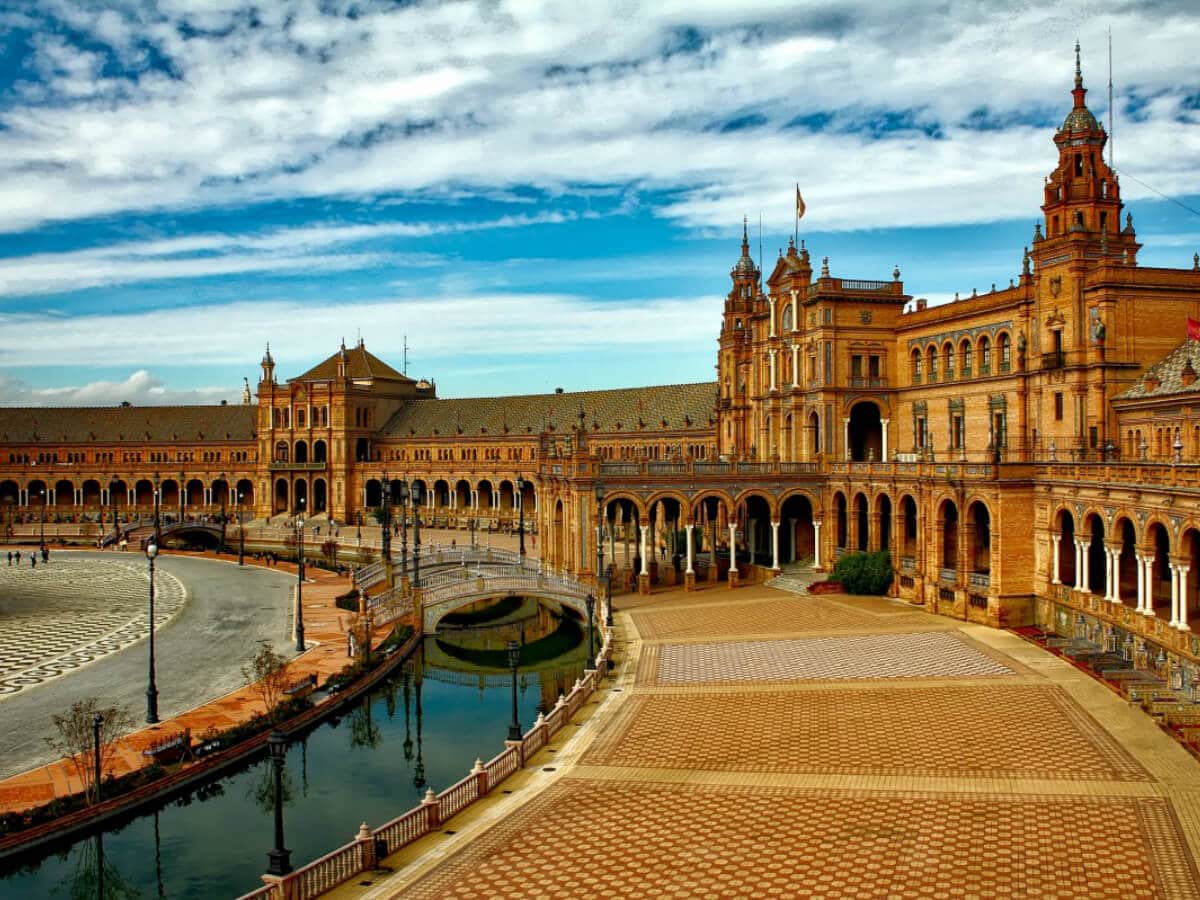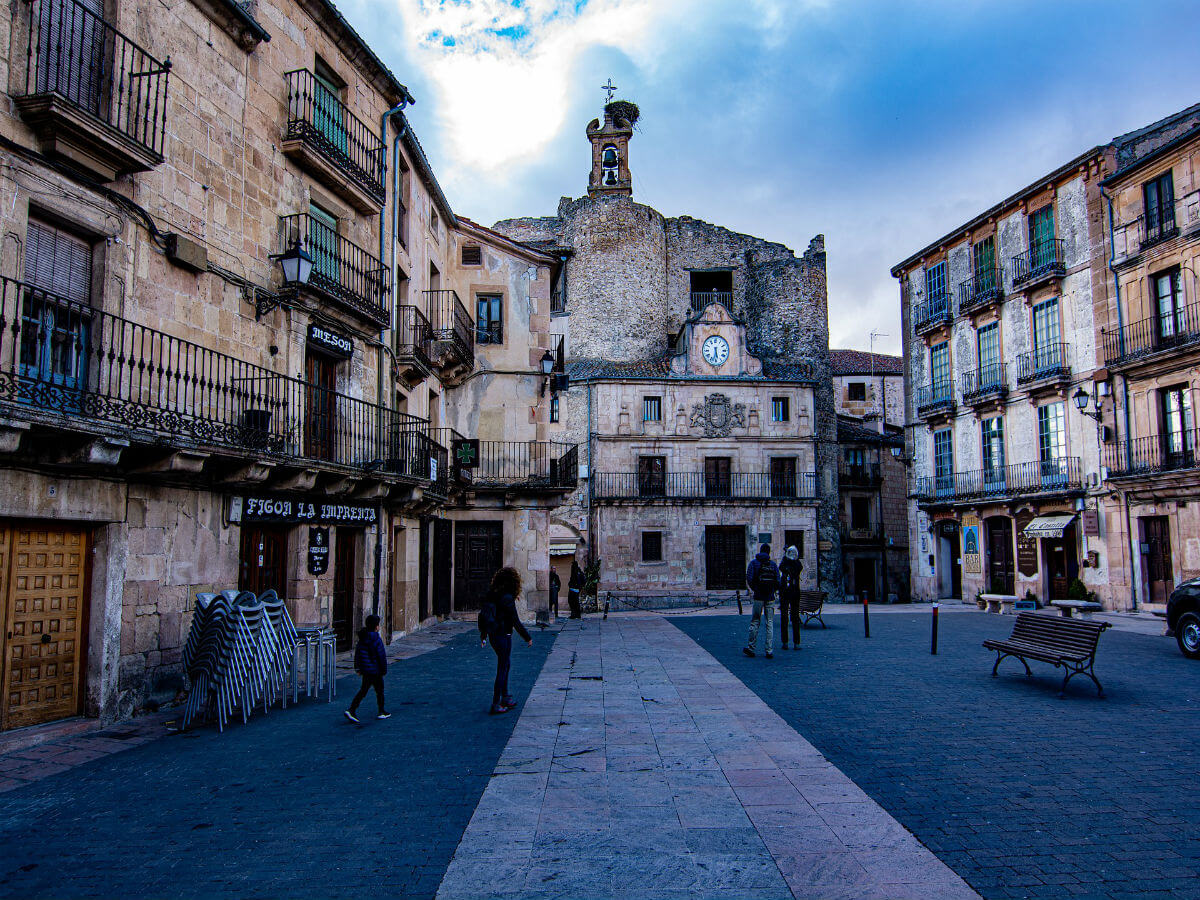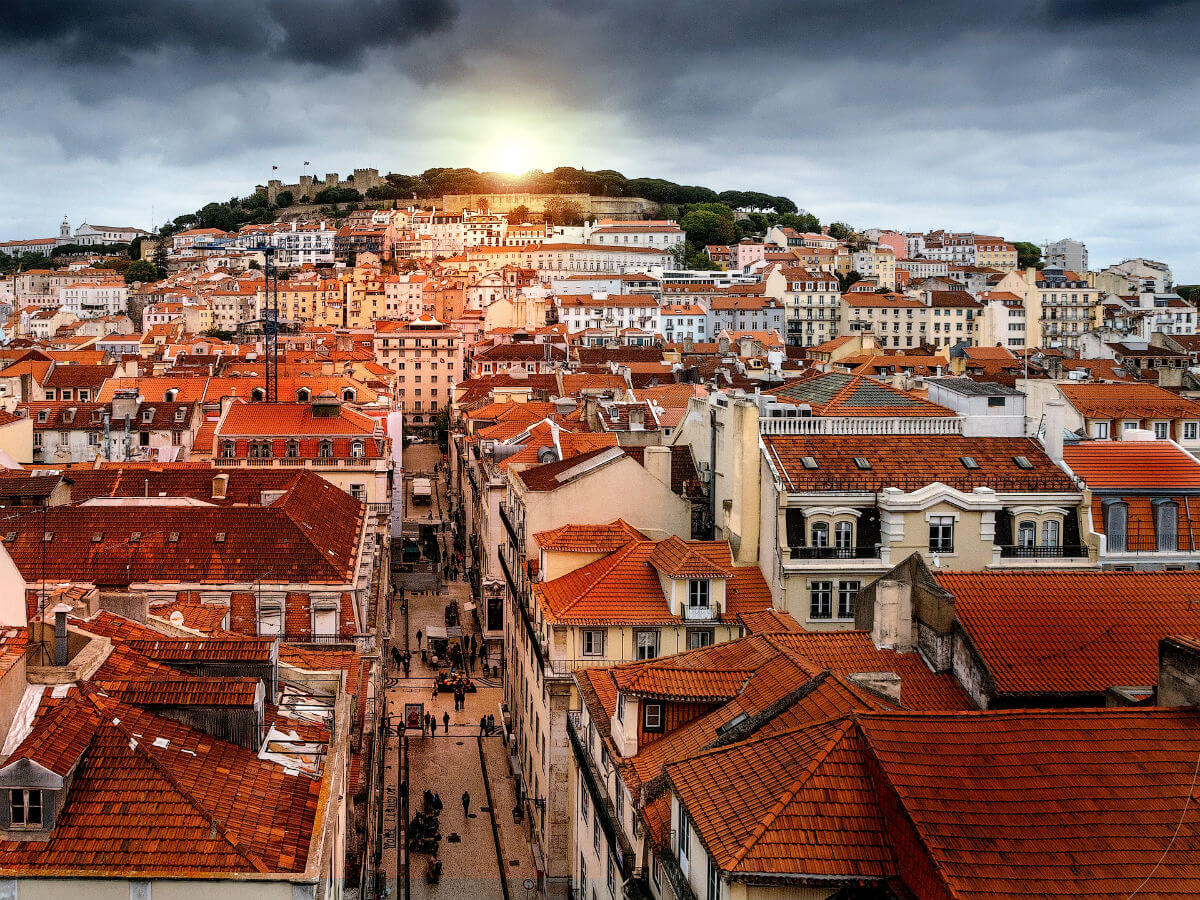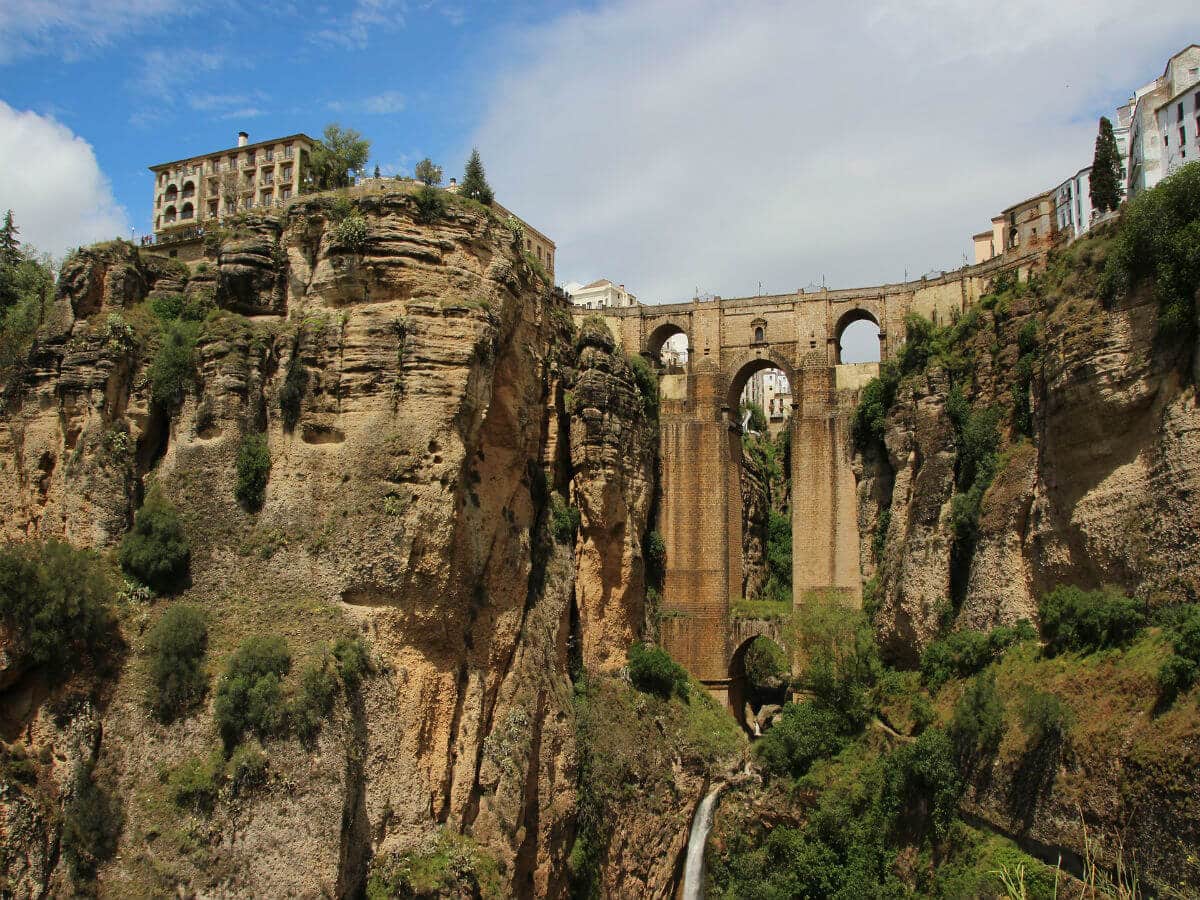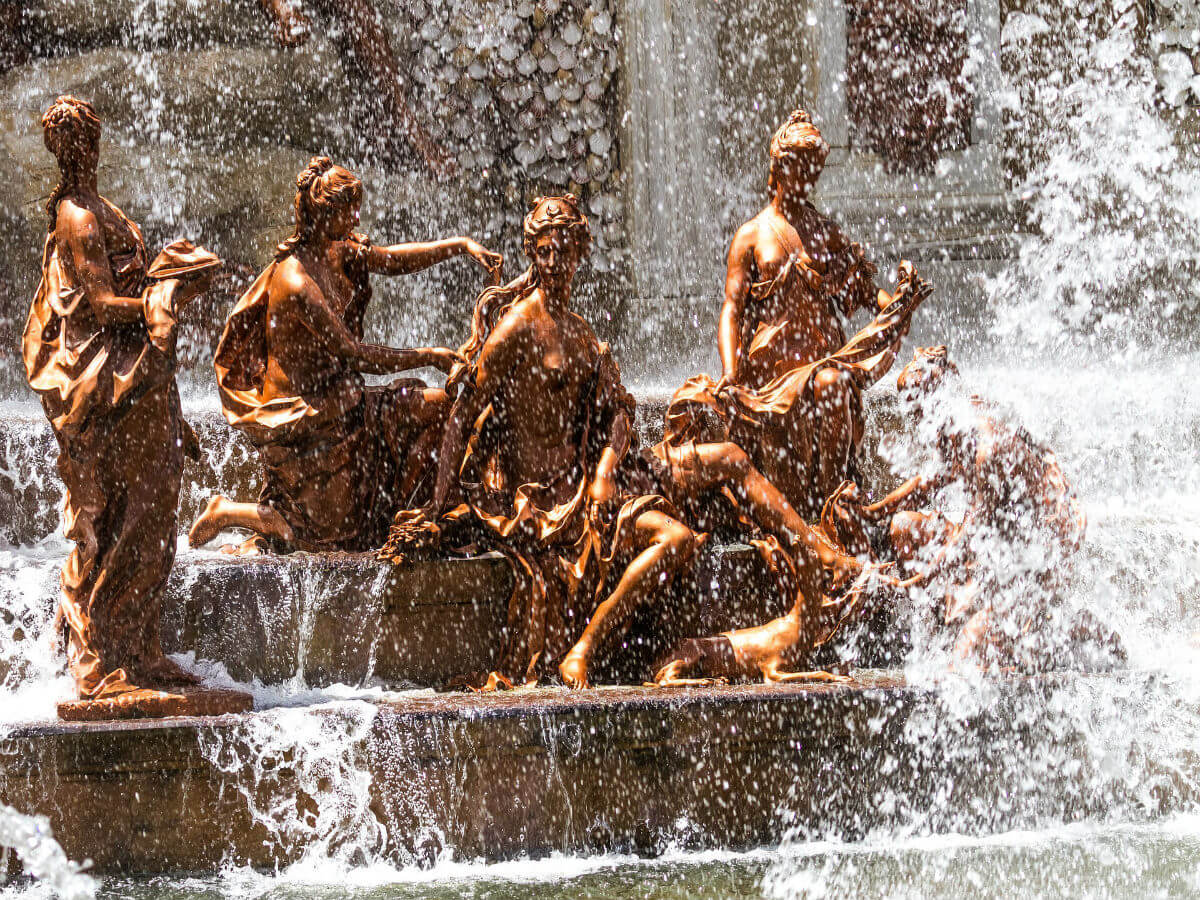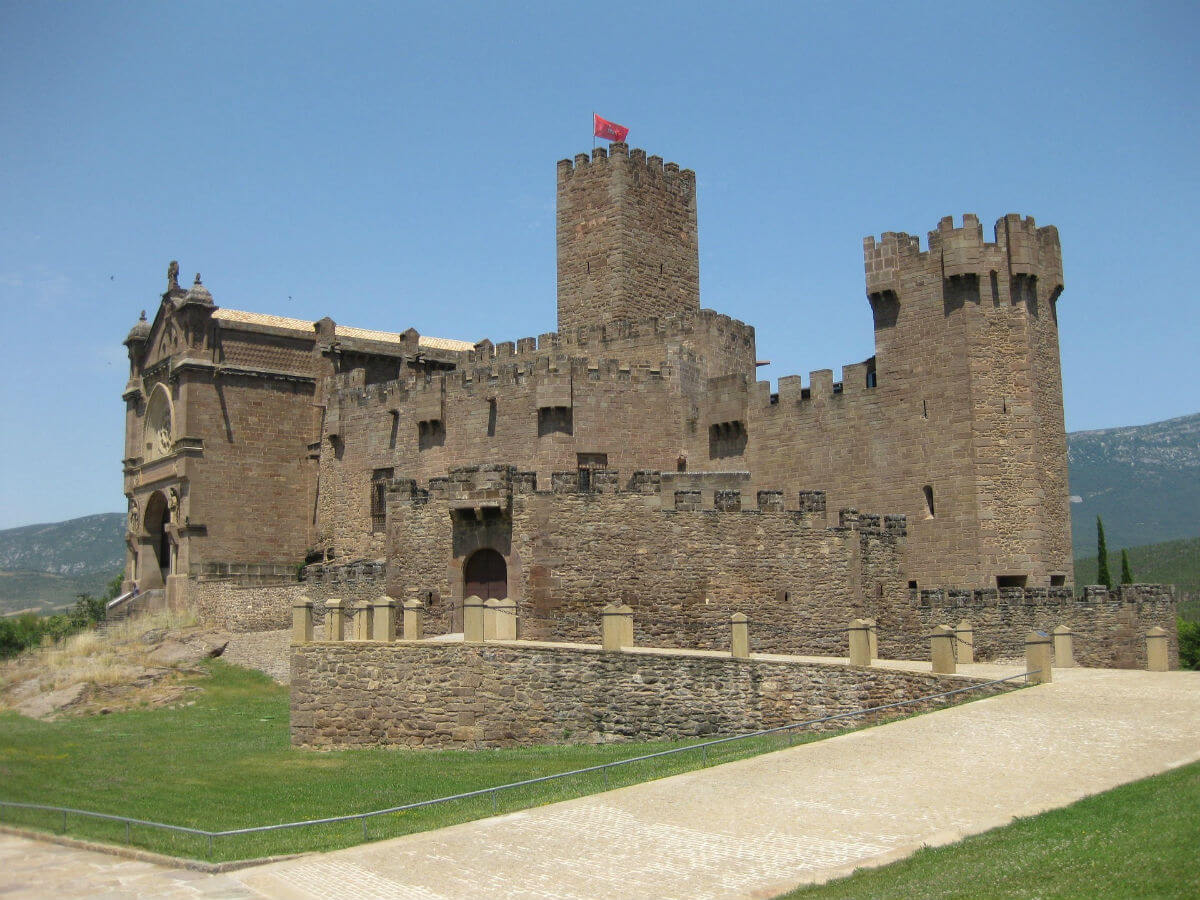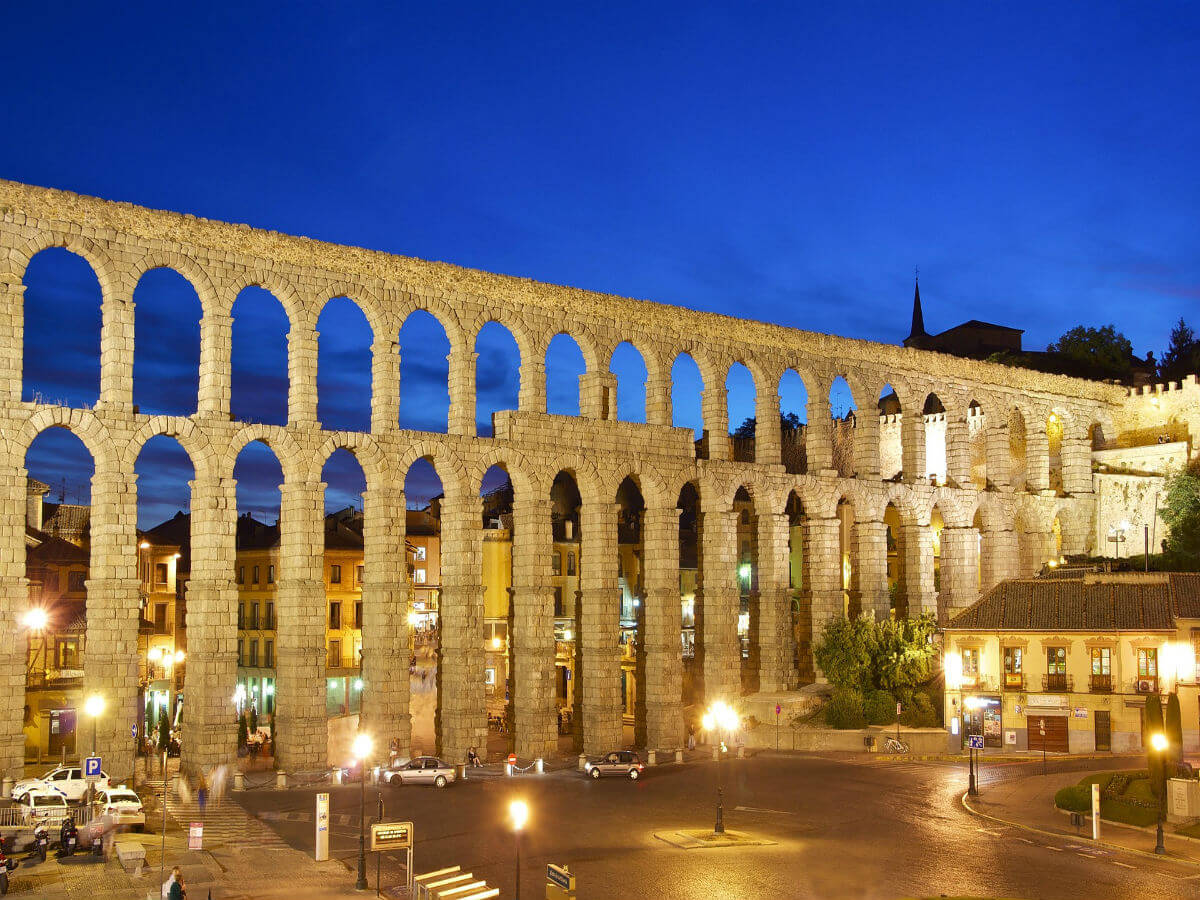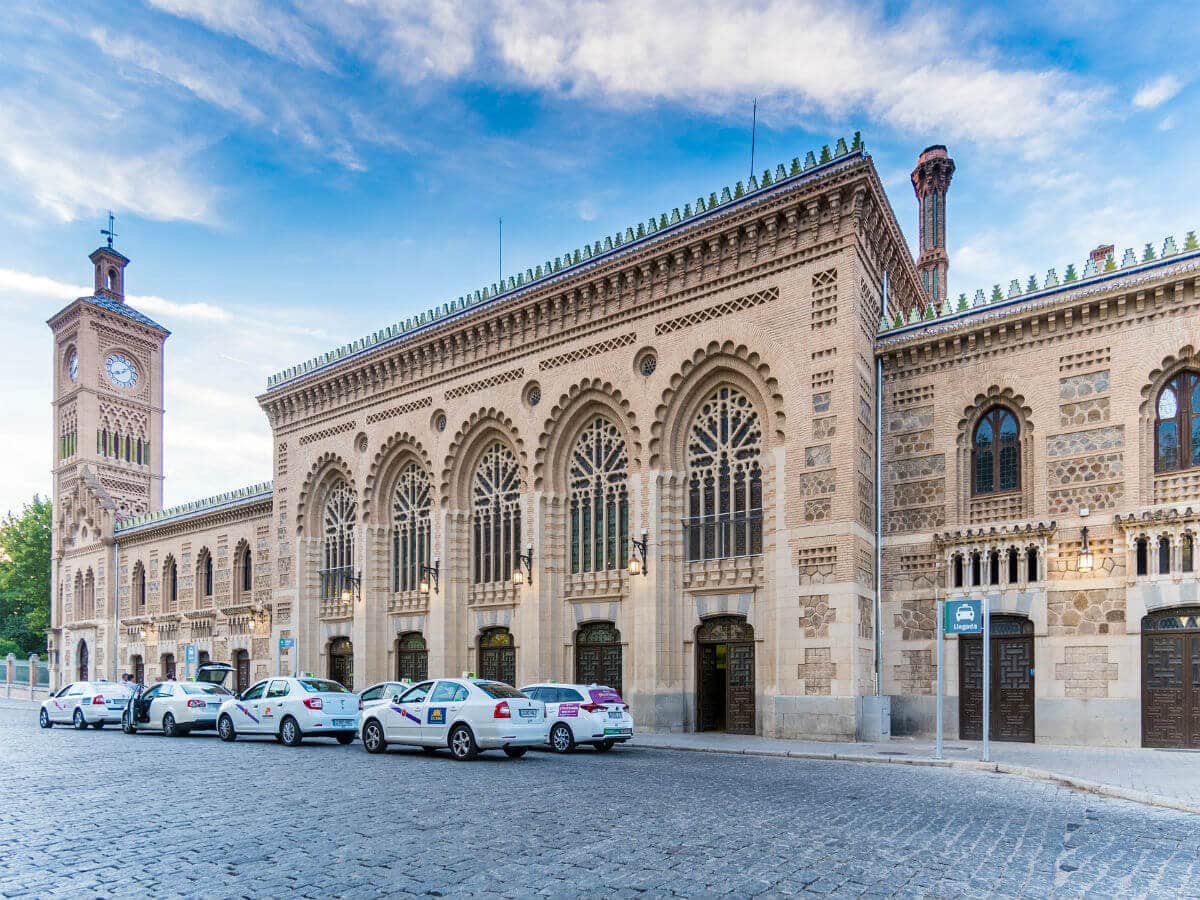Tour Packages
Spain Tour Packages
SUPER DEAL PRICE
STARTS FROM
per person on twin sharing
ATMs are widely accessible throughout urban and rural areas.
Credit cards are widely accepted in urban Spain.
Finding a bank is easy in city areas.
The legal drinking age in Spain is 18.
Residents of Spain are known for their hospitality.
Prices tend to be lower from November to March.
Spain- Visitors Statistics

Annually
8,50,00,000
Male51%
Female49%
By Purpose
Couples
For Newlywed Vacations
Family
For Family Vacations
Top Visitors from India
Mumbai
Delhi
Bengaluru
Chennai
Hyderabad
Kolkata
Pune
Ahmedabad
Jaipur
Lucknow
Everything You Need to Know About Spain
Looking for a destination with beaches, fabulous weather, incredible landscapes, and mouthwatering cuisine? If so, then Spain is the country you should be heading to. Renowned for its iconic architecture, rich history, and vibrant cities, Spain has something to offer everyone. With our Spain tour packages, you can explore every corner of this mesmerising country. Let’s discuss Spain’s history, cuisine, shopping scenes, and tourist attractions to discover why this country must be on your list of dream destinations.
View All Spain Tour Packages
Travel Tips

Visa Information
Check visa requirements before traveling, ensuring a smooth entry and compliance with destination regulations.

Health and Safety Tips
Prioritize health, stay hydrated, follow safety guidelines, and maintain personal hygiene for a secure journey.

Currency and Tipping
Familiarize with local currency, consider customary tipping practices for respectful and seamless travel experiences.
FAQs:
Book Your Dream Vacay Today!














